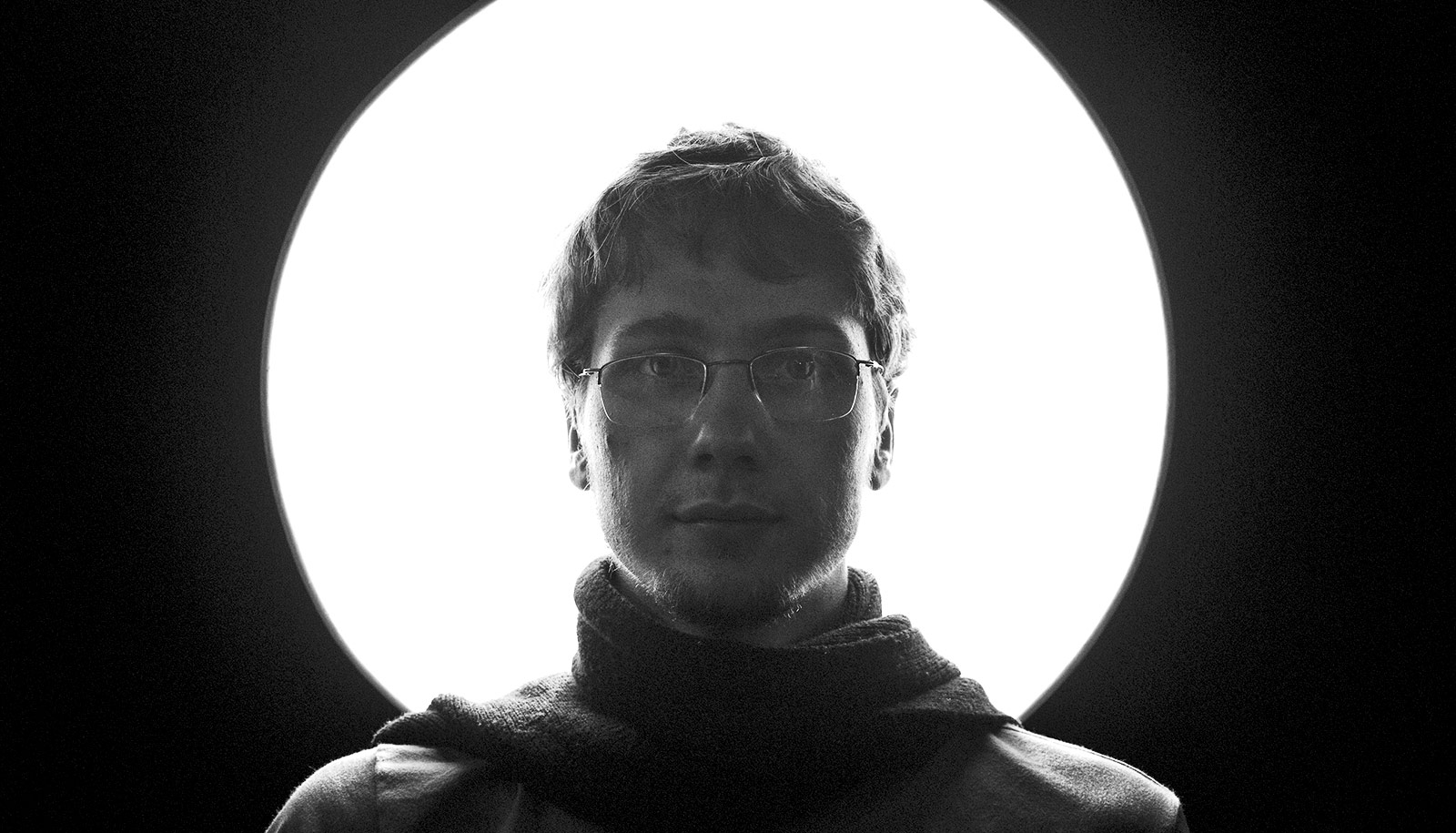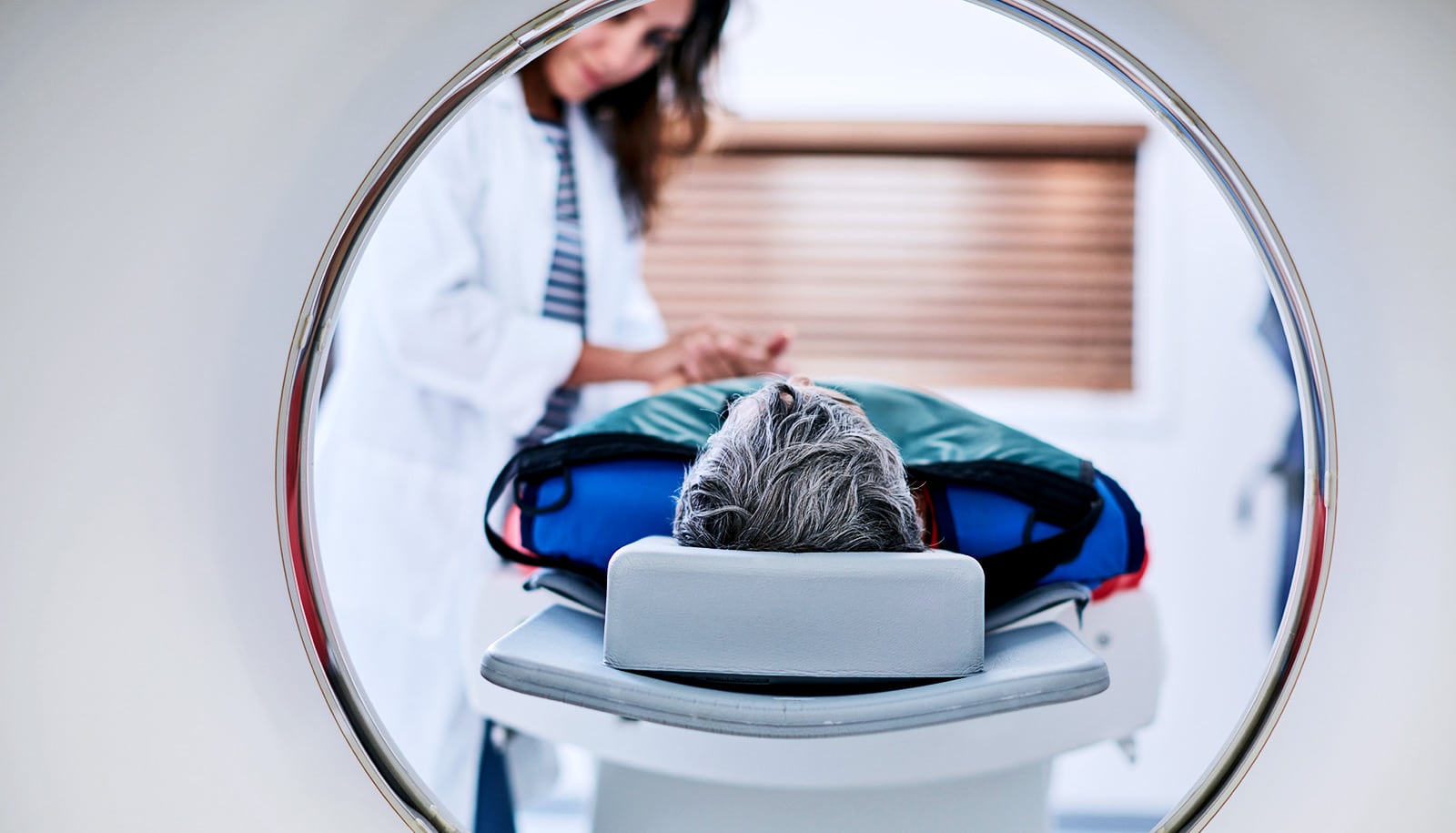In a new study, brain scan data could correctly predict who would and would not relapse about three-quarters of the time—a significant improvement over past efforts.
Predicting who will remain drug-free and who will relapse following treatment for drug addiction has been impossible. Now, psychologists think they’ve found a possible clue. For stimulants like cocaine and amphetamines, at least, activity in the brain’s reward-processing circuits could be the key.
Kelly MacNiven, a postdoctoral fellow at Stanford University and lead author of the new paper, stresses that the results are preliminary—she and her colleagues only looked at 36 people, who were all veterans and mostly men. But if the results hold up in other groups, it could help doctors figure out who is likely to relapse and might need more help.
“Even if this doesn’t lead to treatments, we think it could be useful just as a way of determining who’s at most risk,” says senior author Brian Knutson, a professor of psychology.
Addiction imagery
The researchers are not the first to try to predict who might relapse, nor are they the first to look to brain scans for an answer. In the past, doctors have tried to use clinical observations, demographic data such as how long someone has used a drug, and patient reports such as feelings of craving a drug to predict relapse, with little success. Building on brain research in animals, psychologists have also tried to identify brain activity that might predict relapse in humans, but again without much success.
“The results have been scattered,” says Knutson.
With that in mind, the researchers took a slightly different approach to their brain scans than others had. They started with fMRI scans of 36 people who were participating in a 28-day residential treatment program for veterans with stimulant use disorders, along with 40 healthy people recruited from the surrounding community.
During each scan, study participants viewed a series of images of things like food, office supplies, and, importantly, drugs and drug paraphernalia as they would in other studies. After the participants left treatment, the team then followed up at one, three, and six months with interviews and, in some cases, drug tests to find out if any of the patients had relapsed.
The key difference between this study and previous approaches was in how the team presented the images. Unlike past efforts, they presented the images largely at random, so that participants wouldn’t become inured to one or another type of image. In addition, a cue that indicated which type of image was about to appear preceded each image, a choice designed to increase anticipation for what was about to come.
Reward center reaction
Compared to healthy people, drug rehabilitation patients’ brains responded more to the drug images, particularly in a set of brain regions known as the mesolimbic system, known colloquially as the brain’s reward processing system.
What’s more, activity in one part of the reward system—a region called the nucleus accumbens—was strongly associated with relapse three months later. Using just activity in the nucleus accumbens, the team could correctly identify 77 percent of the patients who relapsed by three months. That’s a significant improvement over other methods for predicting relapse, which don’t do much better than chance, MacNiven says.
The researchers also found that the more the nucleus accumbens responded to drug images, the sooner patients relapsed. Of the patients with the smallest nucleus accumbens response, 76 percent made it past three months without a relapse. In comparison, only 38 percent of those with the largest response made it to three months.
Hopeful signal
The researchers are exploring a number of next steps, the most important of which is extending their research to include more women—only two made it into the patient group in the current study. The team is also looking into ways it could use the results to guide treatment strategies, for example by providing different kinds of feedback to patients whose brains respond the most to drug images.
But for now, MacNiven says, the most encouraging thing is that doctors may have a new way to figure out who is most at risk for relapse.
“There’s really no way of knowing whether someone is going to benefit from treatment or whether they’ll relapse,” MacNiven says. “If we have a signal that is predictive of relapse, that is in and of itself important.”
The study appears in JAMA Network Open. Additional authors are from Stanford and the Veterans Affairs Palo Alto Health System.
The NeuroChoice Initiative of the Wu Tsai Neurosciences Institute and the Veterans Administration funded the study.
Source: Stanford University



